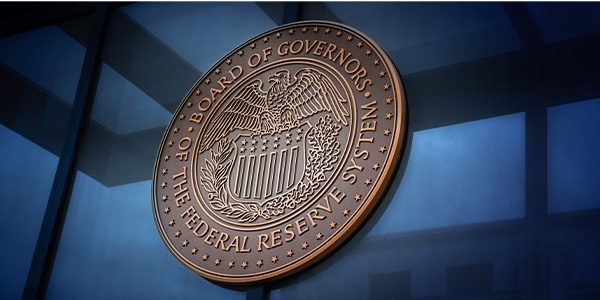Housing News
Hitting the Pause Button
March 24, 2017
Reflation is different than inflation. Inflation is widely considered "bad", which are price increases beyond the long-term trend line of what's considered price stability. Reflation on the other hand is a recovery of prices when they've fallen below the long-term trend line. The "Reflation Trade" began right after Election Day and has been a "Great Rotation" from bonds into other asset classes, especially stocks. Stocks have climbed about 15% since the election while bond yields (along with mortgage yields) were up 75bps. Remember prior to last week's move the Fed only raised rates 25bps since the election but bond yields moved up 75bps.
The Federal Reserve had prognosticated three rate increases for 2017 and three increases for 2018 leading into the FOMC meeting last week. Going into the meeting was this notion that reflation is about to turn into inflation. The 2% target by the Fed would likely be exceeded thanks to tax reform and infrastructure spending. The "Animal Spirits" were awakened and suddenly the market was pricing in 100% chance of a raise at the March meeting with many pricing in four moves by the Fed in 2017 and 2018. The 10yr was at 2.60% going into the FOMC meeting last week and once they raised the benchmark rate, Treasury yields and mortgage rates dropped.Wait what?!
If you thought mortgage rates were going to rise then you were with the 95% majority that thought the same thing. The market got ahead of itself with the Fed and the Fed told the market the exact same thing it said in December and February. They expect to raise rates three times in 2017 and three times in 2018. The market wanted either four times in 2017 or four times in 2018. The market got caught shorting Treasuries into the Fed meeting and were forced to cover (buy them back), sending Treasury yields and mortgage yields back toward the lower end of this 2.30-2.60% range. Today the 10yr is at 2.42% and if this range sounds familiar, it's because we are coming up on almost 4 months of trading here. When will we break out of this range?
I would call it a 60% chance of breaking the range to the upside versus 40% to the downside. The market wants higher returns and wants rates to move higher; they want the reflation trade. The Fed would love to raise rates to put more dry powder in their gun. However for rates to move higher, plain and simple there needs to be more inflation. Year over year Core PCE at 1.74% isn't exactly a level that should send bond yields racing higher. The FOMC did say they still plan to raise rates three times in 2016 and three times in 2017. That's not something to be taken likely, especially with business and consumer confidence higher. And that's why I say 60%, out of respect for the power the Fed has, but the 40% also has a solid argument.
For rates to drop a few things would need to happen but the big two are inflation and jobs. If Core PCE year over year drops or job gains start to erode and the unemployment rate rises there could be a massive reversal and bond yields could break down below 2.30%. If they break through the lower side, they could drop all the way to 1.80%. The chance of that happening in 2017 is relatively low as there would likely be some warning signs now. Also, take note of the Dot Plot, the Fed's prediction of future rate changes: two particular members don't believe the Fed should raise any more in 2017 and one doesn't think they should raise in 2018 as well. How is that possible? The doves (lower rate members) believe the Fed can wait longer because this isn't an environment for fast-moving inflation whatsoever and it's a viewpoint I agree with. Unemployment is holding steady but isn't dropping even with rates this low, commodity prices are coming down, the stock market is very frothy, there is still a debt ceiling battle, tax reform battle, infrastructure battle, and health care overhaul battle upcoming with no clear signs on direction. Last but not least the economic environment in Europe is uncertain as the actual Brexit is scheduled to begin and there is talk of Frexit (French exit from the EU). Nationalist movements will limit economic activity and bring rates down. With the amount of debt being incurred across the globe and the inability to balance budgets, governments may decide a more nationalist approach is the lesser of two evils. That is speculation but the point remains there are serious unknown risks out there.






 Smart Moves Start Here.
Smart Moves Start Here.